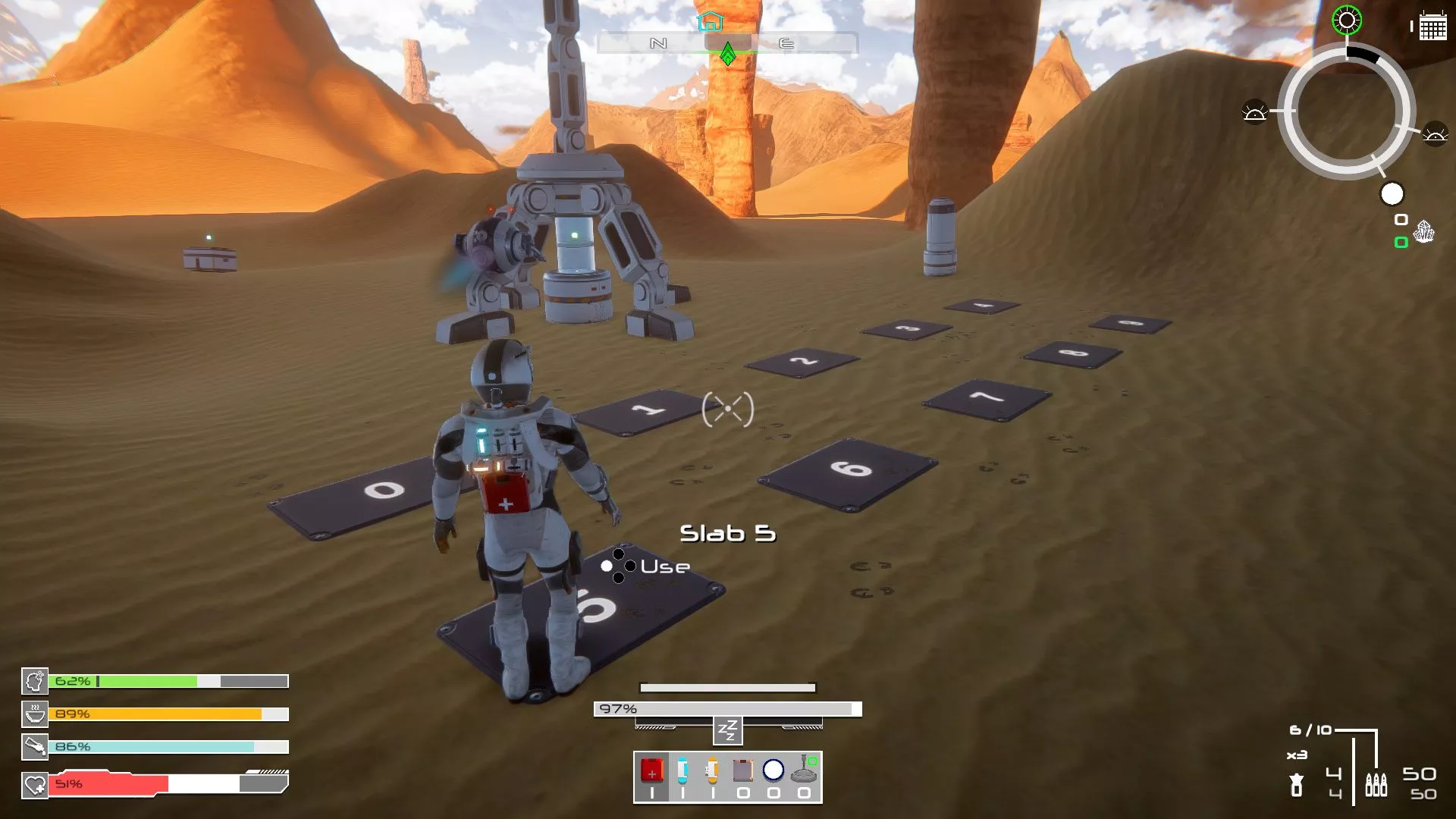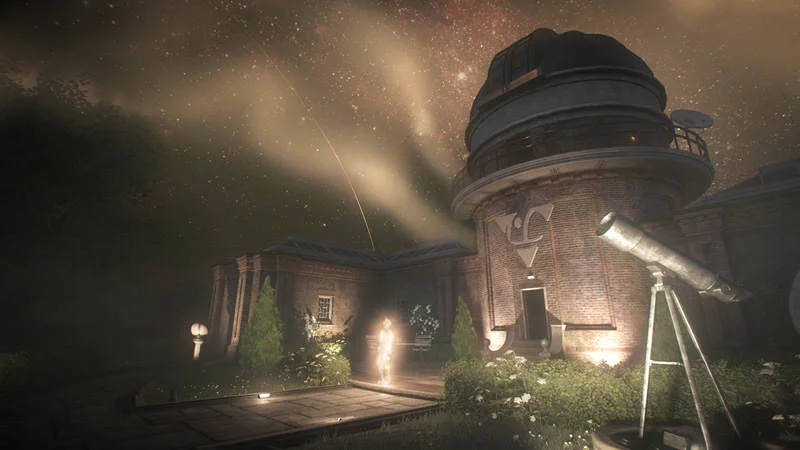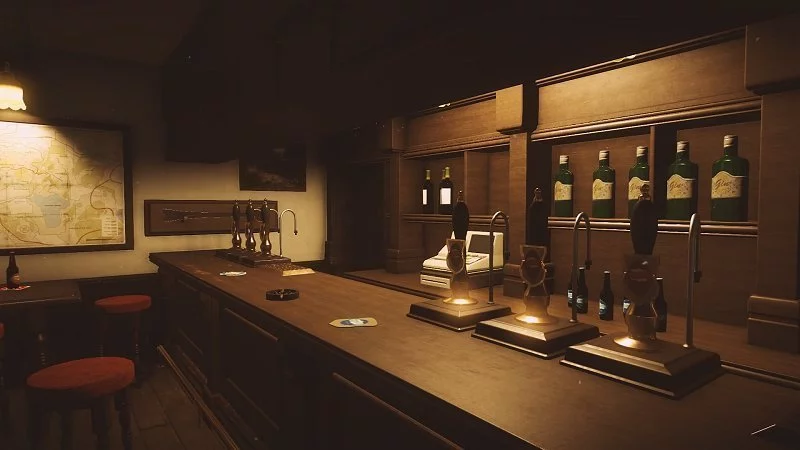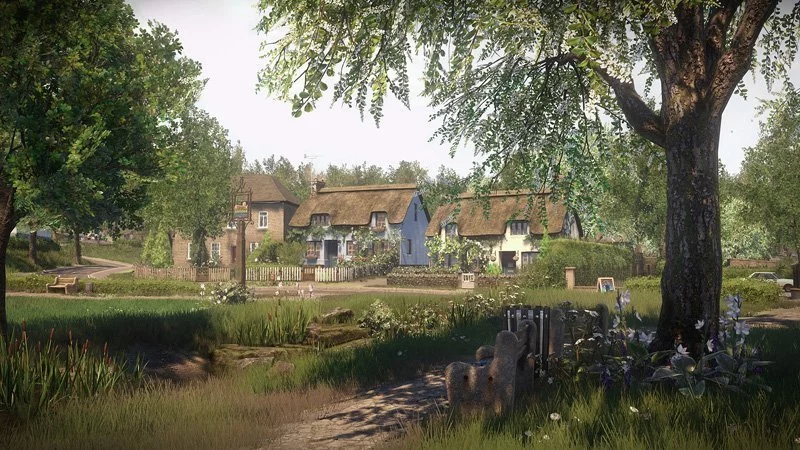Everybody’s Gone to the Rapture is a title that will polarise. For some, it’s a mystery shrouded in an enigma, sitting there begging to be revealed. For others, it’s a boring-ass game where you walk around and look at things.
To help you appreciate just how different opinions can be surrounding Everybody’s Gone to the Rapture, we present to you two very opposite opinions of the title, written pretty much at the same time without any knowledge of the other (oops).
Matt Gosper
I don’t think it’s any secret that I’m a big fan of non-traditional game experiences. Seeing a game that subverts traditional mechanics, uses the technology in a new way or focuses totally on telling a story will almost guarantee my interest. The latest ‘walk-‘em-up’ title to consume several days of my life is Everybody’s Gone to the Rapture, the latest explorative title from The Chinese Room.
Previously responsible for Dear Esther and Amnesia: A Machine for Pigs, The Chinese Room’s latest definitely draws more from the former title than the latter – though it does have a slight horror bent. Rapture tells the story of a small community in Shropshire, England that is being affected by an infection of… something. The cause and events are intentionally left quite vague at the game’s outset, and it’s only by thoroughly exploring the village of Yaughton and its surrounds that you can slowly piece together what happened.
Starting out atop a hill next to the observatory, you slowly make your way through the mysteriously empty community after a brief introduction by Dr Kate Collins, the American voice heard in many of the game’s trailers. Early on you are introduced to the strange orbs of light that roam around the game’s world – following these orbs will lead you to points of light that unlock scenes from before the village was entirely vacated.
Six of these orbs can be found throughout the various regions of the game, telling six separate stories that each focus on a single person and their experience leading up to the climactic event that occurred. In addition, you can find various scenes hidden throughout the map that are unlocked simply by passing through the right area, as well as messages left on phones and radios throughout town.
It’s a trickle-feed of information, often revealing more about the characters than the event itself, but each one interlocks with the others to round out the story and backstory of these peoples’ lives. A lot of visual storytelling is undertaken in a really subtle way as well – by exploring the various homes and businesses you come across, you can find visual clues to tell you more about who these people were and what happened to them. There are plenty of clues that this all just happened, too – smoking cigarettes still burning, half-finished pints at the pub, cars on the road with the lights still on. Nothing is lost by not looking around, but there’s a lot more to gain if you pay attention.
And you know what else there is to gain by looking around? An appreciation of just how beautiful this game is. The level of detail displayed throughout this world is amazing, from plants moving in the breeze to fog clinging to the ground, amazing light-and shadow effects and sound design to really sell the fact that the people who lived here may be gone, but the world is still going. Dear Esther was a similarly gorgeous game, albeit limited by the Source engine it was built in. With CryEngine 3 backing Rapture instead, it’s able to go that much further to really build up the world in a believable way.
Now, I know these kinds of games aren’t for everyone. Even I have trouble with them sometimes, with the pacing as obscenely slow as it can be for some titles in this genre. Rapture would have fallen into this category too, had it not been for the developer’s post-launch explanation that the game does have a poorly-communicated run feature. While you still won’t be pounding the pavement to zip from one place to another, it does make it a little bit easier to know I can hold down R2 and be able to get where I’m going without taking a nap along the way.
If these narrative-driven games are of interest to you, I highly recommend giving Everybody’s Gone to the Rapture a try. The storytelling is well-implemented, the voice acting is high-quality and if nothing else, it’s a beautiful place to wander around.
Everybody’s Gone to the Rapture”
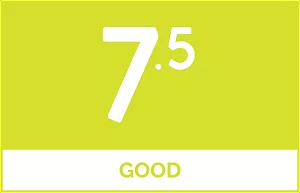 |
|
The good
|
The bad
|
Want to know more about our scoring scale?
Steve Wright
Since 30% or so of Australians* think I’m destined to an eternity in the dark, fiery pits of hell, I thought I’d get a little practice in before the Rapture comes and takes all the good souls away. Hence, Everybody’s Gone to the Rapture by The Chinese Room.
After hours aimlessly walking around a gorgeous country town and engaging in a storyline that would work far better as a movie, let me tell you this: I think I’d prefer that trip to hell.
There’s no denying that the game is a sight to behold. The sleepy hamlet of Yaughton is a place I’d like to visit; hell, even retire to. There’s detail in every single square foot of the village, from its quaint little cottages to its overgrown fields. The doctor’s office looks like a place you’d be happy to take your children to (minus the bloodstained computer monitor, that is) and the pub, one I could picture myself draining many a pint in. The Chinese Room needs to be commended for creating such a vibrant place, even without any occupants inhabiting it. And that’s the one nice thing I can say about the game.
Everbody’s Gone to the Rapture follows a handful of people, each merely represented by a blob of light; as the player, you’re tasked to walk around Yaughton trying to piece together what has happened to those who lived there. As you walk up to certain trigger points in the game — sometimes accompanied by pointless tilting of the DualShock — aforementioned blobs of light coalesce into human-shaped blobs, clumsily accompanying actually decent bouts of voice-acting. For all the work that’s gone into the town, said scenes are poorly animated and don’t do justice to the whole.
At any rate, the scenes are what truly paint the picture of what happened. The point of the game, really, is to encounter as many scenes as possible, getting a full understanding of the events in question. Things like televisions and radios also offer up bite-sized bits of plot too, and like the blobs of light need to be found out. Truly, The Chinese Room has made a storyline full of intrigue, but that’s undone in the way the plot actually unfolds.
I went into the game aware of the run button, but even then was disappointed. It takes so damn long to get from place to place, even with the feature. Worse yet is that running requires time and space to basically built up to a semi-jog… but doesn’t work inside buildings. Sure, there’s something to be said for lazily exploring Yaughton, but I just couldn’t take it. I hated Beyond Eyes as it was a slow walking sim, and Everybody’s Gone to the Rapture proves to be far worse.
In all honestly, the horrific events that have taken place in Yaughton would have been better suited for a movie, laid out with slow yet tense pacing and actors that could perform expertly in both emotion and physicality.
Everybody’s Gone to the Rapture is a game that doesn’t need to be one. Some might find this a relaxing jaunt through a mystery, but I’ve a feeling most will simply feel cheated after purchasing it.
*I’m making a huge assumption here, and comically I might add, based off recent polls concerning same-sex marriage in Australia.
Everybody’s Gone to the Rapture
 |
|
The good
|
The bad
|
Want to know more about our scoring scale?
Everybody’s Gone to the Rapture was reviewed using a digital copy on PS4 as purchased by the reviewer, and a promotional copy as provided by the publisher.
This article may contain affiliate links, meaning we could earn a small commission if you click-through and make a purchase. Stevivor is an independent outlet and our journalism is in no way influenced by any advertiser or commercial initiative.





